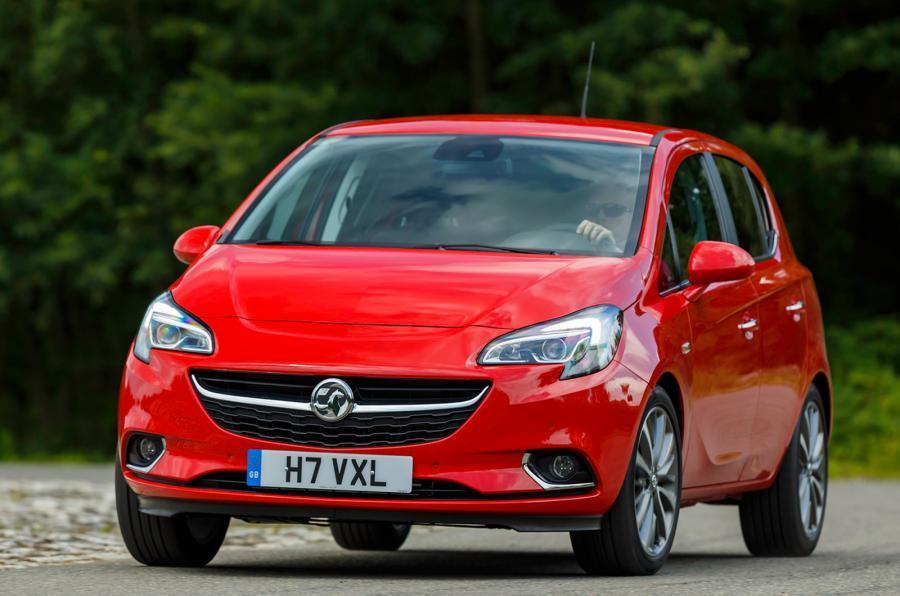The number of female car owners in the UK has surged by 21% in the past decade, while male owners are up by 10%.
Figures produced by Motorparc, an analysis department for the Society of Motor Manufacturers & Traders (SMMT), show that female car owners in the UK now total 11.8 million – more than a third of the country's 34.7m motorists.
The latter figure equates to an overall growth of 12% on 2007.
Car buyers are also presented with a larger range of models today than they were in 2007. There are now 1500 model ranges and 65,000 different model specifications registered for road use, which compares with 1200 and 56,000 a decade ago.
Of all cars on our roads, 22.5% were less than three years old in 2017, driven in part by the rise of personal contract purchase (PCP) finance. The proliferation of new cars has helped to drive down emissions, although the recent drop in demand for diesel models has put a small dent in long-term progress.
Slump in diesel demand continues to hit new UK market
Another comparison included car segments. British motorists are shown to be buying more small cars now than a decade ago, with mini and supermini variants representing 62.3% of the market – a 2.3% jump on 2007.
Dual-purpose vehicles (cars that are used for private and business purposes), such as pick-up trucks, have rapidly grown in demand, by more than 90%. They now represent 10.2% of the market, with 3.5m examples.
This contrasts the decline in upper-medium models, such as premium saloons, which have declined in popularity by 27%, equating to a fall of about 1.5 million cars compared with 2007. The enormous rise in demand for SUVs could be a trigger for this.
Electric, plug-in and alternatively-fuelled cars have been growing in demand for several months. They now represent almost 10% of the overall new car market, having barely counted at all in 2007. The latest figures show that Birmingham is the most significant contributor to the growth of EVs and plug-in models, with 8.7% of the national total based there.
Global new car sales: the key trends and what they mean for the future
Tastes in paint colour have also changed noticeably, with a shift in preference to shades of black, grey and silver. In 2017, silver was the most commonly seen colour on the road, followed by black and blue. In 2007, the top three were blue, silver and red.
SMMT boss Mike Hawes said that the new figures show that “consumers are enjoying greater freedom and mobility than ever before, which, along with greater reliability and improved fuel efficiency, make owning a car a more attractive and affordable option for millions of people".






Join the debate
Add your comment
How do they know?
I bought my wife a Skoda Citigo - I paid for it, the car was registered in my name but my wife drives it 99% of the time and she chose the make, model and trim etc.
I suspect the data would have shown this as a male purchase.....
Electric and plug in stats
To say these represent nearly 10% of the market is I believe slighly misleading. I suspect that the figure relates to what the SMMT call the "Alternative Fuel" market which comprises mainly hybrids (many of which are simply petrol cars with what amounts to a powered alternators). The figure for EVs while fast growing is almost certainly less than 1%.
"model diversity surge"?
"model diversity surge"?
Am I the only one seeing the opposite, the only models for sale from most manufacturers are small-medium hatchbacks and crossover SUVs.
WallMeerkat wrote:
The obsession with SUVs, whether it be tall ones, or less tall ones, is certainly tedious. Yet, for all this so called choice, manufacturers aren't keen to offer us small 3 door hatches any more. They say its down to a lack of demand, which I don't get really.